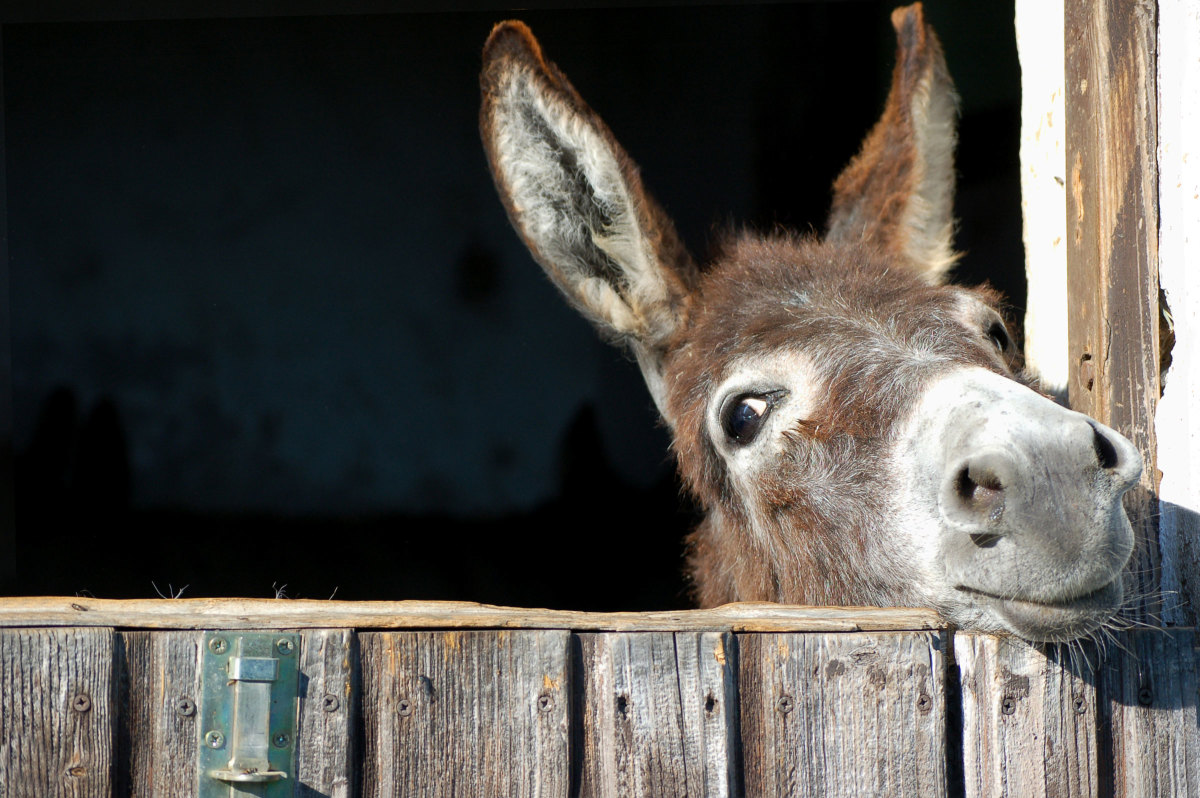
Research on donkey uveitis in the United Kingdom was recently published. The research was titled “The prevalence of uveitis in a population of donkeys in the UK,” and it was authored by by Claire Bradley, Rachael Grundon and Philip G. Sansom.
Donkeys admitted to two UK sanctuaries for reasons unrelated to vision underwent ophthalmic examination without sedation. A donkey was determined to have signs of uveitis if it displayed at least three of the following: miosis, corpora nigra atrophy, aqueous flare, keratic precipitates, corneal oedema, anterior lens capsule pigment (‘iris rests’), cataract, iris pigmentary change, synechiae, lens luxation or subluxation, vitreal opacities, retinal detachment or traction bands, or peripapillary scarring. Donkeys were considered to have active uveitis if observable signs of intraocular inflammation were present.
A total of 207 donkeys were examined, ranging from 2-37 years (median 17 years). Signs consistent with previous or current uveitis were identified in eight eyes from six donkeys.
Significant ocular pathology precluded detailed fundic examination in three eyes. Clinical signs included:
- miosis (n = 1)
- corpora nigra atrophy (n = 6)
- anterior lens capsule pigment (n = 2)
- cataract (n = 8)
- posterior synechiae (n = 3)
- lens subluxation (n = 1)
- vitreal changes (n = 2)
- peripapillary scarring (n = 3)
- and phthisis bulbi (n = 1)
Significant ocular pathology prevented fundic examination in three eyes. Three donkeys were considered to have active uveitis and three were post-inflammatory or quiescent. Of those displaying uveitic changes, 3/8 eyes were blinded by the pathology.
The overall prevalence of uveitis in this population of donkeys was 2.9%.
Bottom line: This study revealed that donkeys in the United Kingdom have a comparable uveitis disease prevalence to that reported for horses in the country.
For read or purchase access to this article visit the BEVA online library from Wiley.








